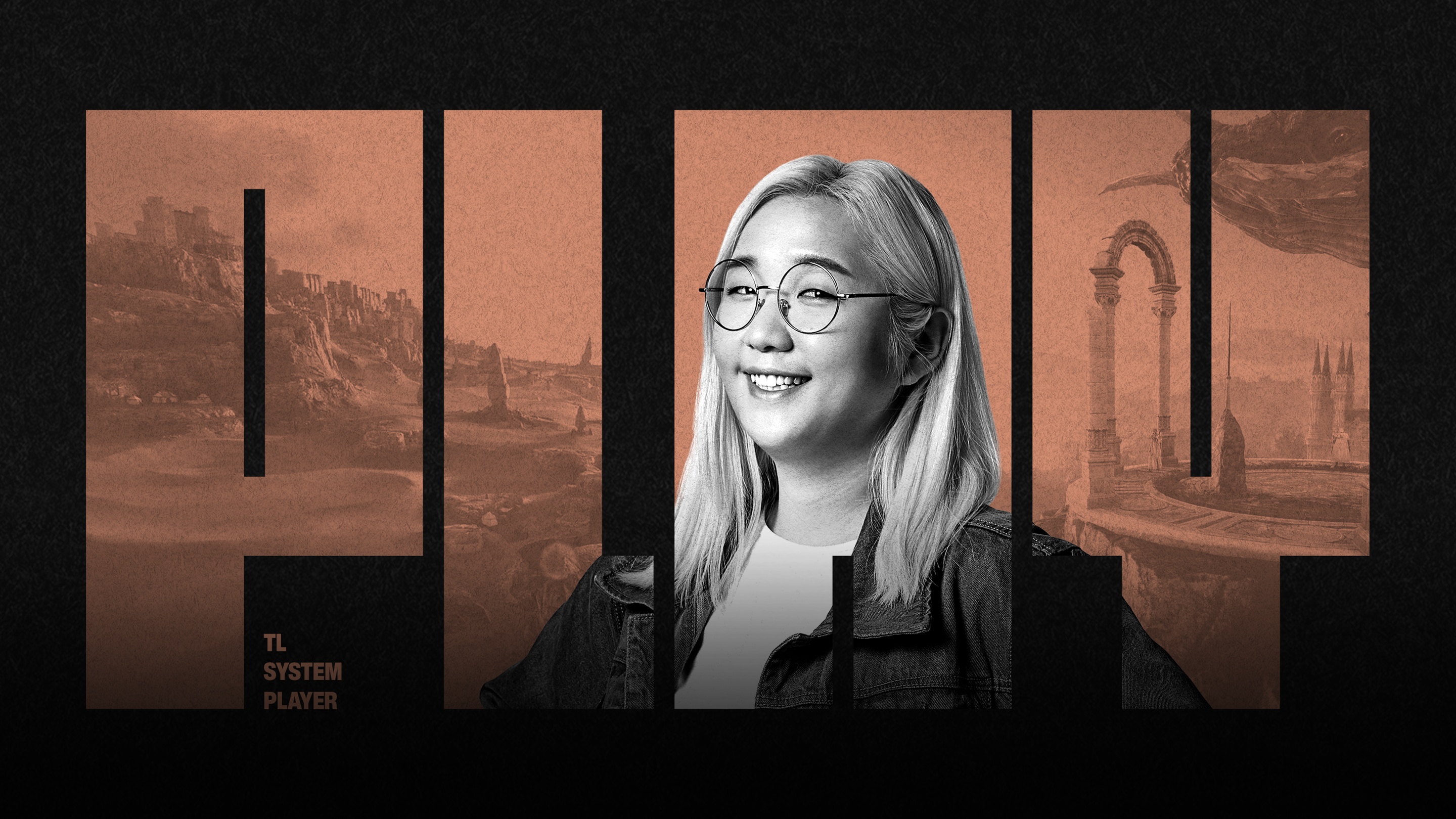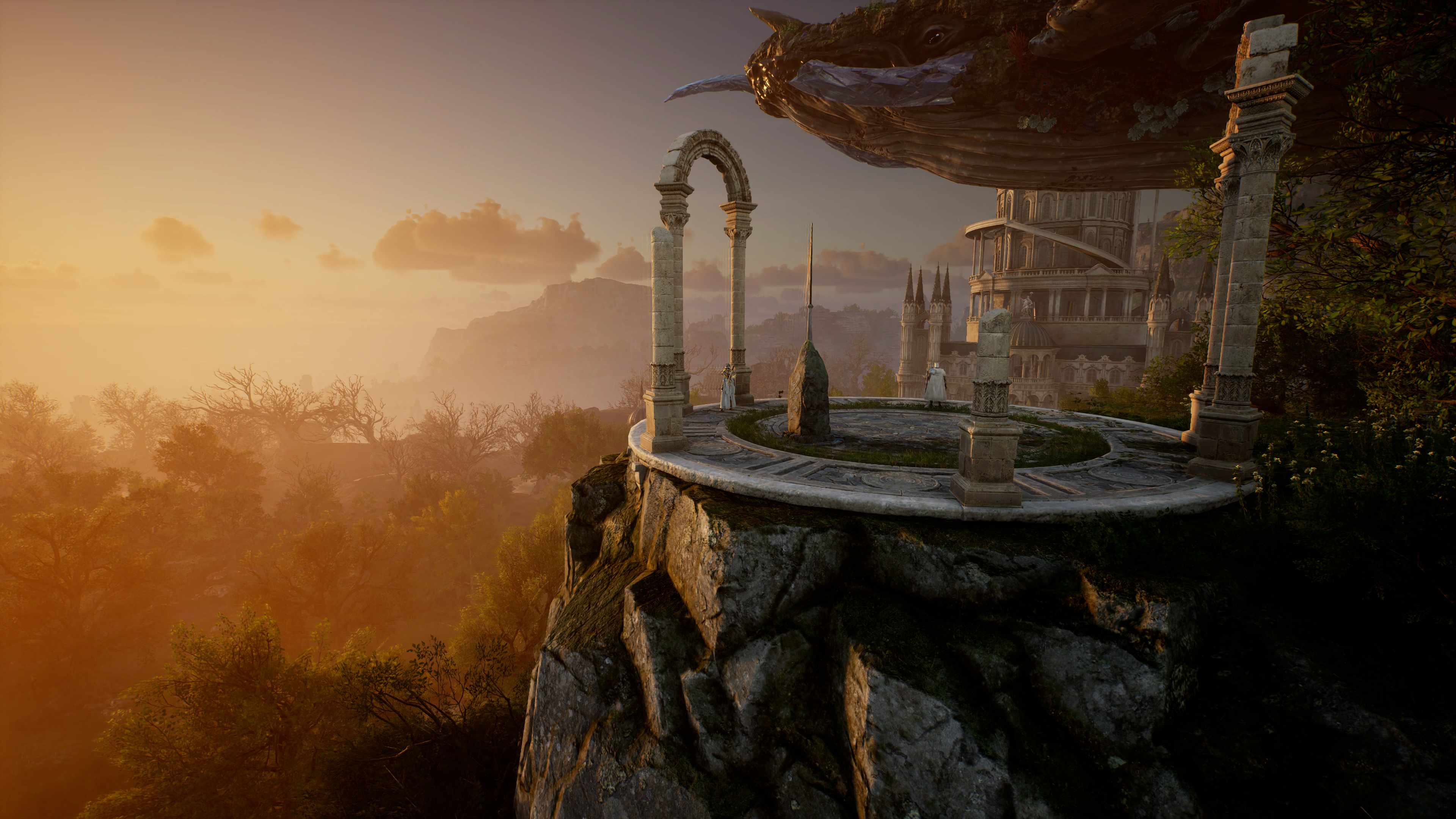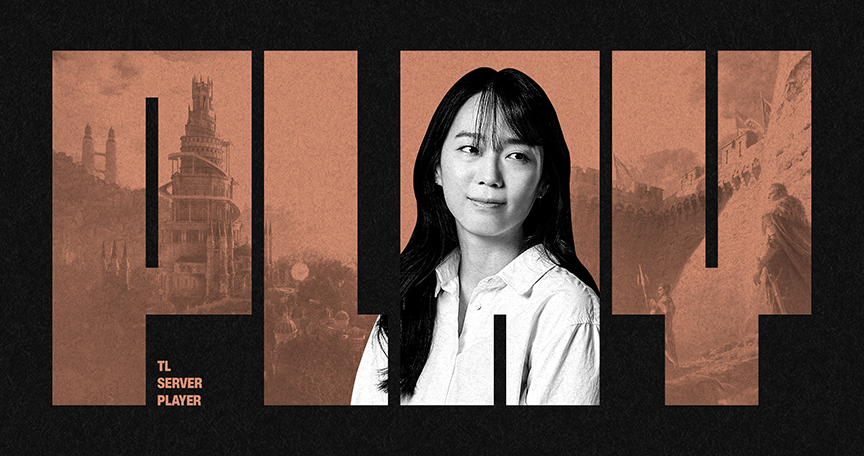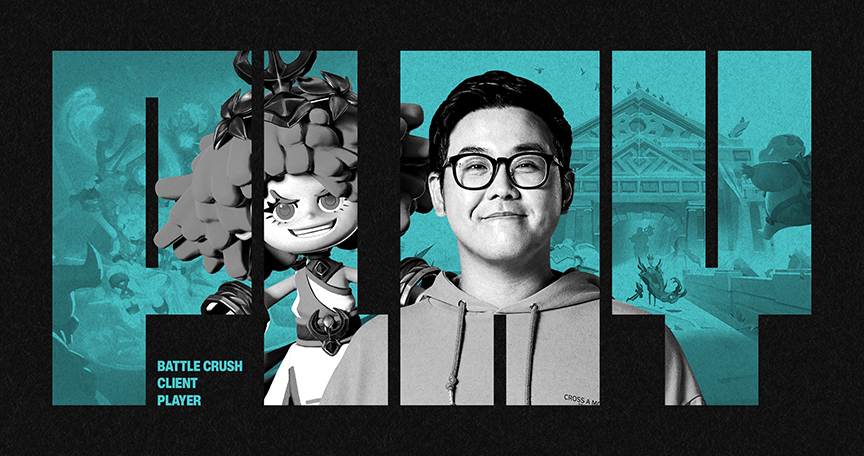The TECH TRACK series sheds light on the developers of projects currently under development by NC. Take a look at the various jobs and the career path that has been built to become an expert.
In this episode, we are introducing the system designer for the new game 〈THRONE AND LIBERTY〉, Lee Dahye.
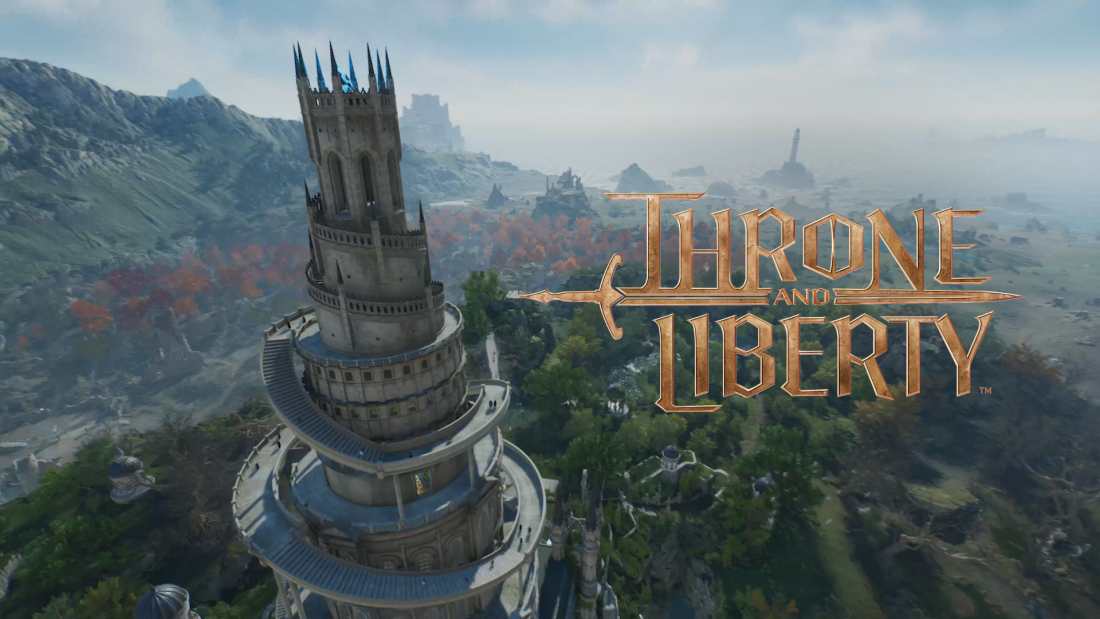

THRONE AND LIBERTY | A new open-world MMORPG developed by NC. Its three-dimensional world, terrain, and environmental elements provide players with a one-of-a-kind experience.
TRACK 1 | my CAREER
Someone Who Shapes the Framework of a Game
Someone Who Shapes the Framework of a Game


System designers design the foundational system structures that serve as the base of the game. We create a proposal of the specs required for the game's systems and explain the proposal to the director, development team, and art team. Once it is approved, we follow the process of actual development, repeating reviews and feedback. This happens practically all throughout the development process, from start to finish until the specs are complete.
Items that fall under system design include elements such as interactions, maps, world structures, staging systems, internal structures, and more. This essentially encompasses almost every element within a game. Let's say a character takes an elevator. Most games do not allow the character to interact with their surroundings during this kind of transit. However, a system designer can plan and design a feature that allows the character to fight targets above and below, or have conversations while moving in the elevator. They are then responsible for setting up the system components so the development and art teams can implement these interactive features.
〈TL〉offers a high level of player freedom. Users can transform into a siege weapon to lift up terrain, and other users riding them can engage in combat both in and out of the siege weapon. With the freedom of movement provided by dynamic terrain, the system designer is also tasked with the massive responsibility of ensuring that these features can be realized seamlessly.
Nothing Should Be Taken for Granted
System design on its own does not actually stand out much. Players are usually not amazed by menus or options. However, from the moment a player logs into the game, every aspect of the flow they encounter has been worked on by a system designer. From the title screen to account creation, server, and character selection, and accessing the game world, all of these are crucial systems. These systems may appear as if they naturally belong, but the truth is, each one has been carefully planned and crafted by us.
Even legal requirements like ratings or terms of service are also important considerations system designers must keep in mind. There is a legal requirement for games to provide an in-game space where players can check the ratings at any given time. And planning how to enable real-time access to this provision within the game is a task that falls upon the system designers. One approach would involve adding the rating information on the main menu which will display a popup containing the open-source license details when tapped. At times, it may be necessary to create a structure where the displayed content varies depending on factors such as the user's accessed service, country, or server.
CAREER PATH | Becoming a "System Designer"
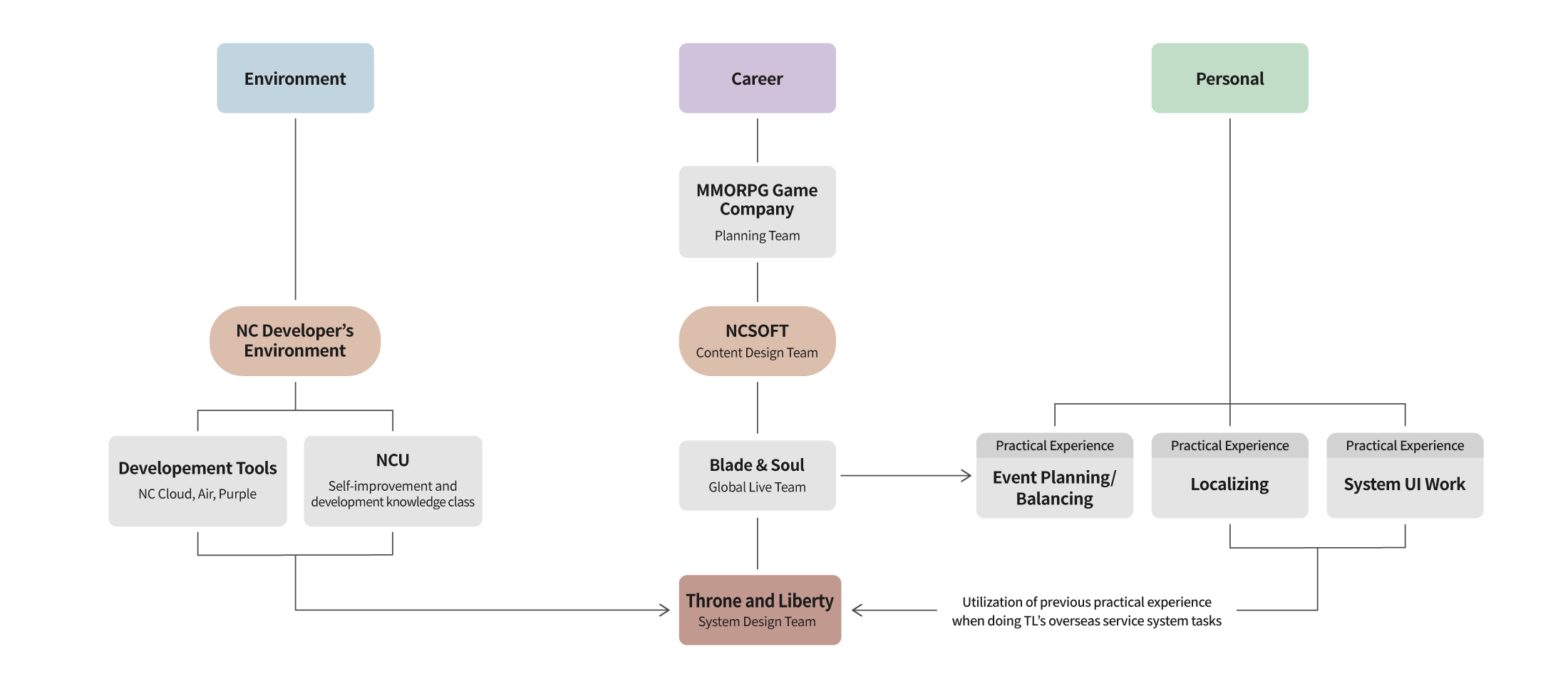

I was crazy about online games ever since I was young. I used to stay up all night playing games and worked part-time five days a week during the semester to save up money for a gaming computer. Looking back, I was not simply enjoying playing games. I must have been nurturing my dream of becoming a game developer by making obstacle courses and such using programs like RPG Maker 2000. Perhaps this passion was what drove me to start my first career at a game company even though I majored in Korean language and literature. When I joined NC, I started my career by working on the global content design for a game in development, moved on to working on <Blade & Soul> overseas live services in North America, Europe, and Russia, and then ended up working on 〈TL〉. In the aforementioned projects, I did not actually do system design tasks, but the work experience I gained back then served as a good stepping stone for me as a system designer. The UI response work I undertook for live services and the overseas live experience I gained are all proving to be invaluable.
I find my current work to be the most suitable and enjoyable for me. Tasks related to lobby and server structure are not very common, but successfully completing tasks in fields that are unfamiliar to many adds a sense of charm to my job. I am looking forward to building up my current practical experience and establishing a stronger presence as a system designer in the future.
Think Outside the Player's Perspective
As a game designer, it is easy to make the mistake of looking at the game from the player's perspective when first starting to design a game. However, just like how enjoying movies is different from making movies, games are the same way. It is not just about liking games, but having the perspective to look at games on a structural level through the eyes of a creator. You start by thinking about how and why a game was designed in a particular way and how it functions when you encounter a new game.
Thinking about it from a structural perspective is crucial, not only during the planning phase but also throughout implementation. During this process, you need to be able to communicate in developer language to convince programmers and artists. And if you have a good understanding of the structure, you can use the appropriate language that facilitates the collaborative process. If you have knowledge of programming, you can communicate more smoothly with programmers using their logical thinking, but it is not necessarily a requirement to learn programming. What is important is the effort put into understanding such ways of thinking.
TRACK 2 | my PROJECT
Realizing a New Dimension of Freedom
Anywhere the Player Stands Becomes Ground
〈TL〉 does not adhere to the traditional boundaries of terrain, and has created an environment where players can really experience freedom. Whales fly in the sky, and players can interact with them or glide on them to reach specific places. At this point, we defined the concept of moving terrain not as "ground that moves," but as "the thing the player is standing on that moves."
Player Freedom Comes From Meticulous Design
The moving elevator at the center of the "Tower of Purification" also became "ground" with our new definition. Before we were able to implement the part where players moved using elevators, we just warped them. The warp transitioned into loading, and we concealed the loading process with animated scenes. However, in the current version, players can actively engage in gameplay while moving. They are able to interact with their surroundings in real time, participating in combat and conversations.
Players could also transform into "Battle Carriers" themselves, and in this case, the siege weapon itself becomes the terrain. Other players could ride on the Battle Carriers, and battles could take place between characters on the Carrier and characters on the castle walls. We have really made strides from the past when the position and number of people that could ride on siege weapons were predetermined, and once you got on, your location was fixed and you could not move. It took almost a full year of just R&D to actualize this feature.
World Maps, as Intuitive as They Are Complex
〈TL〉 uses terrain in a very diverse and rich manner. There is an overwhelming underground space that extends from the ground level to six floors down, and there is also terrain that moves through the sky. However, the map uses a 2D image streaming method with a ground-level view as the basis, making it challenging to represent complex 3D information, such as above and below ground structures and multi-level structures. At the same time, the map also had to include information about the locations of entities in the world, as well as details about events that are happening in certain areas. The key was to create a map that could spatially represent the intricate terrain and simultaneously provide information about the content in each area.
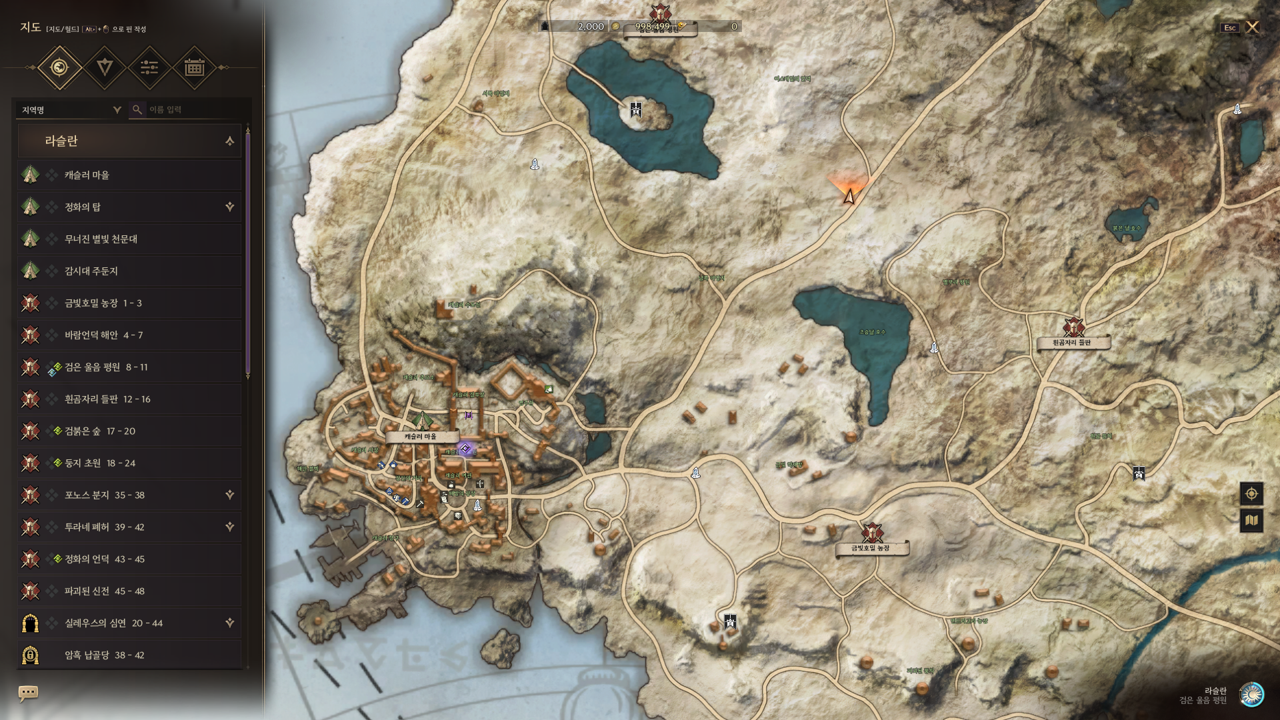

To address this, we developed the "World Layering Structure." This was achieved by establishing a hierarchical structure of information: Territory > Region > Dungeon. You can sequentially explore the information about specific Territories, what regions exist within, and then if dungeons exist within these regions. You can then find out the information and the number of floors these dungeons have. By using this layered structure, we can present information for each level separately and define the relationship between entities placed in the space and their corresponding regions. This is used when checking out hunting grounds or monsters in specific regions. After completing the work up to this point, we go through how we can show map icons or event information moving forward.
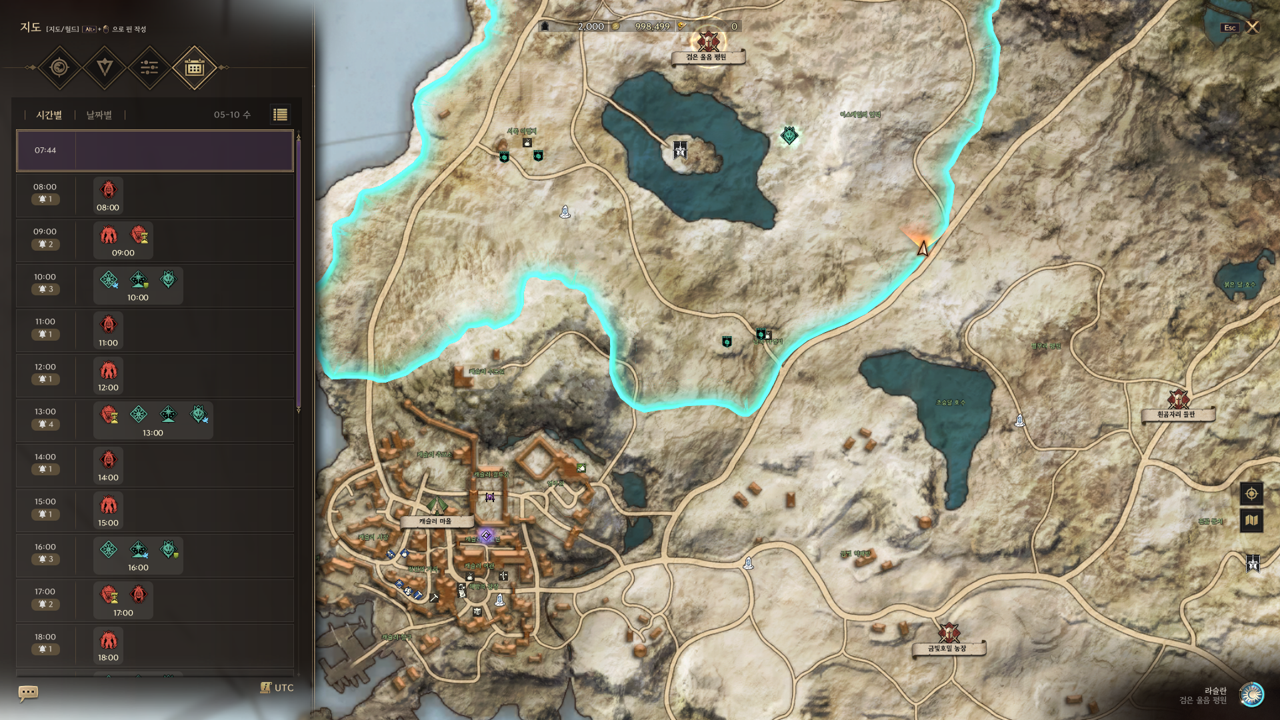

(〈TL〉 map schedule and event status check available)
Success In Simplicity
If the end product looks simple and ordinary, then we have achieved our goals in my book. The map may contain a lot of complex information, but our intent for the map was to ensure that it remained intuitive for player use. Initially, we had the map just display locations and information. But now, many developers and designers use this map's structure as the foundation for creating various in-game content which personally makes me feel proud.
TRACK 3 | my ENVIRONMENT
Turning Imagination Into Reality, Something You Can't Do on Your Own
Our team is somewhat different from
Our team is somewhat different from a typical IT company. One reason why is our emphasis on "hands-on communication." Even after we hand over confirmed proposals to the relevant departments, we never wait idly by until the task is complete. I believe true design involves following up on and being involved in all the development stages from beginning to end.
Due to the nature of a designer's work, much of our tasks consist of collaborating and communicating closely with programmers and artists. Because of this, how you communicate will greatly influence the results of the design. I believe that in-person communication allows for more coordination and feedback exchange. Things we might have overlooked, or things that might not have felt appropriate to bring up in a virtual interaction; such elements all become much more approachable and easily resolved when talking face-to-face.
Facilitating a Fast-Paced Work Cycle
As a designer, you end up investing more time and effort into the process of actualizing an idea than in coming up with said good idea. The reality is that it is not something that can be done alone. Multiple tests and feedback, making changes again and again – such a process can only be achieved through collaboration between many individuals. Given how many departments and people are involved, and the countless revisions, it is unavoidable that it can be incredibly time-consuming. Therefore, the efficiency of the entire project relies on how rapidly we can go through this process. And having an infrastructure that facilitates quick testing and feedback loops is highly beneficial. We really benefit from the various work tools and shared drives provided by NC. Lots of departments use NC's in-house developed tools to more efficiently collaborate and share progress.
All the team members are pushing themselves to their limits, fueled by their ambition for quality in their individual fields. We're all working together tightly and seamlessly, motivated by the upcoming launch. I expect that all this energy will come together into something great.
 Facebook
Facebook  Twitter
Twitter  Reddit
Reddit  LinkedIn
LinkedIn  Email
Email  Copy URL
Copy URL 